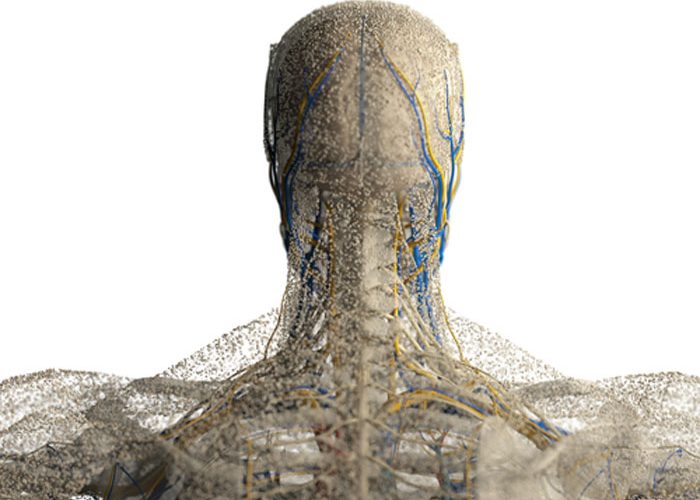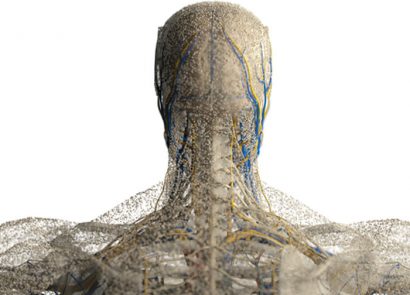Head and neck cancer market fertile for investment
Posted: 8 March 2017 | | No comments yet
A substantial number of first-in-class products in the head and neck cancer pipeline will reach the market over the coming decade, which could potentially transform the clinical and commercial landscape, according to business intelligence firm GBI Research.


A substantial number of first-in-class products in the head and neck cancer pipeline will reach the market over the coming decade, which could potentially transform the clinical and commercial landscape, according to business intelligence firm GBI Research.


The company’s latest report highlights the existence of 112 first-in-class programmes in the head and neck cancer pipeline, acting on 87 distinct first-in-class molecular targets. This accounts for 39.2% of all products with a disclosed molecular target and reflects the high degree of innovation in this area.
Adam Bradbury, Associate Analyst for GBI Research, explains: “Factors driving the pipeline size include the limited efficacy of current treatments for refractory patients and a lack of approved targeted therapies in the market landscape, facilitating the development of novel compounds.
“These factors have far-reaching strategic implications for all market participants, as it is likely that numerous first-in-class products – many of which are supported by promising preclinical data – will reach the market over the course of the next decade. This has the potential of transforming the clinical and commercial landscape.”
Head and neck cancer treatment still appeals
Despite risks associated with developing first-in-class products, they have still proven to be a highly desirable investment option. In fact, the high level of deal-making activity within the head and neck cancer arena indicates a strong willingness on behalf of pharmaceutical companies to engage in strategic consolidations to mitigate some of the risks associated with drug development, such as the high attrition rates exhibited by oncology indications.
Bradbury notes: “Proprietary data show evidence of a promising number of products in the head and neck cancer pipeline, approximately a third of which are first-in-class targets, across all stages of development.”
“These target a wide range of known cancer-related cellular processes and signalling pathways, by means of several different therapeutic approaches. On the whole, there is no shortage of developmental programmes that display both incremental and disruptive innovation, warranting an optimistic outlook for patients, companies and investors alike.”




